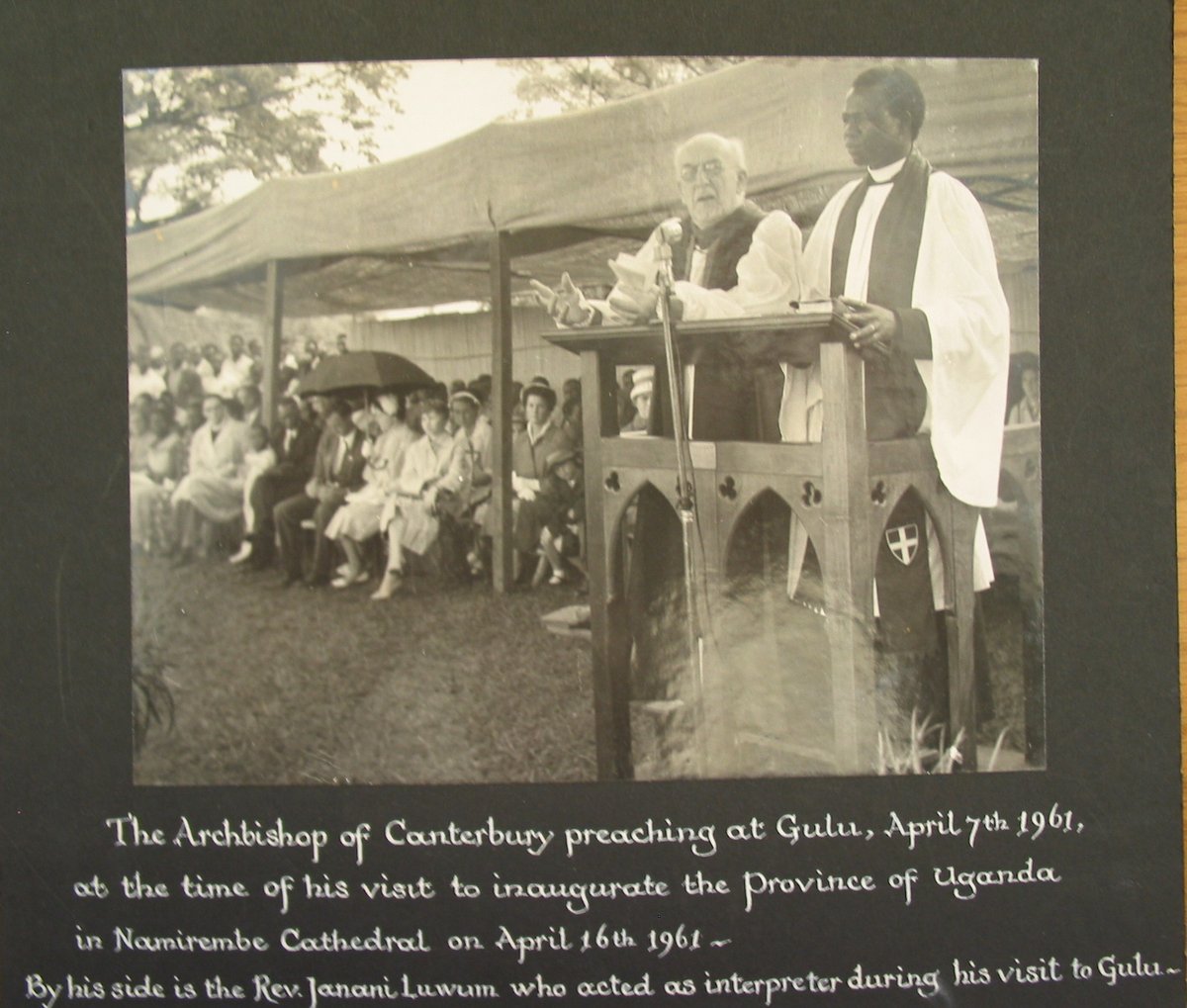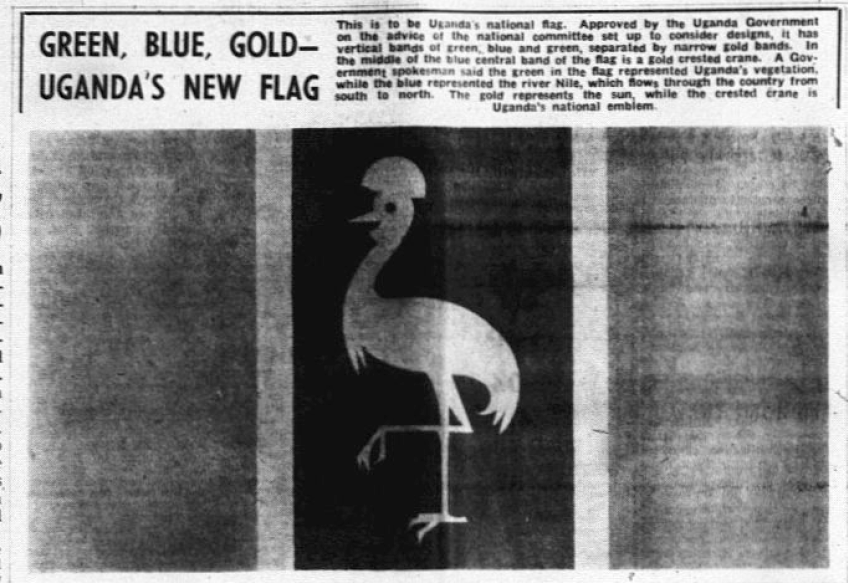
Uganda has long been called, "The Pearl of Africa." But where did the term originate? A closer examination of the international press shows that Winston Churchill did NOT coin the phrase; he plagiarized it. The term's history is far more complicated—and interesting! 1/7
The nomenclature, "Pearl of Africa," was first used in the German press by 1890: "Perle Afrikas." In the Berlin press, the term was used in the context of Zanzibar as a way to illustrate British and German competition over the region. 2/7 



The phrase is then reworked into English. In this 1890 letter, penned by Henry Morton Stanley to the Editor of the Times, we see one of the first occasions when the term was used in the English language (& the connection with German). 3/7 

18 years later, following his expedition through Kenya, Uganda, Sudan & Egypt (map below), Roosevelt borrowed the term, "Uganda is the pearl." Throughout the 1900s, the term was used in numerous national and vernacular presses, often attributed to Churchill. 4/7 



I think there are a number of explanations to help us understand why Churchill used the term. Beyond making the case for Ugandan exceptionalism, I am of the opinion that Churchill intentionally used the term during a time of growing hostility b/w German & British diplomats. 5/7
One wonders, to what degree was Churchill actively relocating eastern Africa's "Pearl" from the German coast to the interior, around which Great Britain could ostensibly expand their colonial influence in the region? In other words, was it a jab? 6/7
Of course, Ugandans throughout the early to mid-1900s used the phrase on their own terms and for their own purposes. Europeans sought to claim land, but they could never control communities' creative landscapes. The proverbial pearl was always in Uganda's possession. 7/7
• • •
Missing some Tweet in this thread? You can try to
force a refresh










